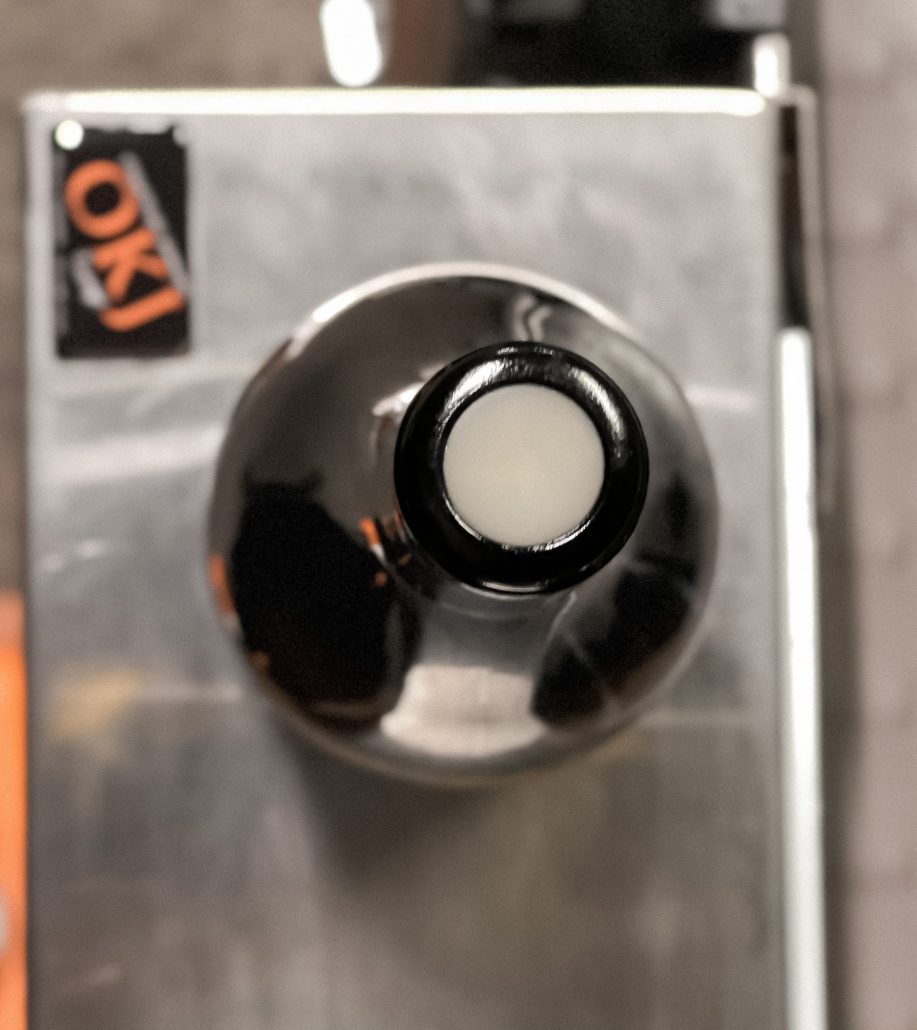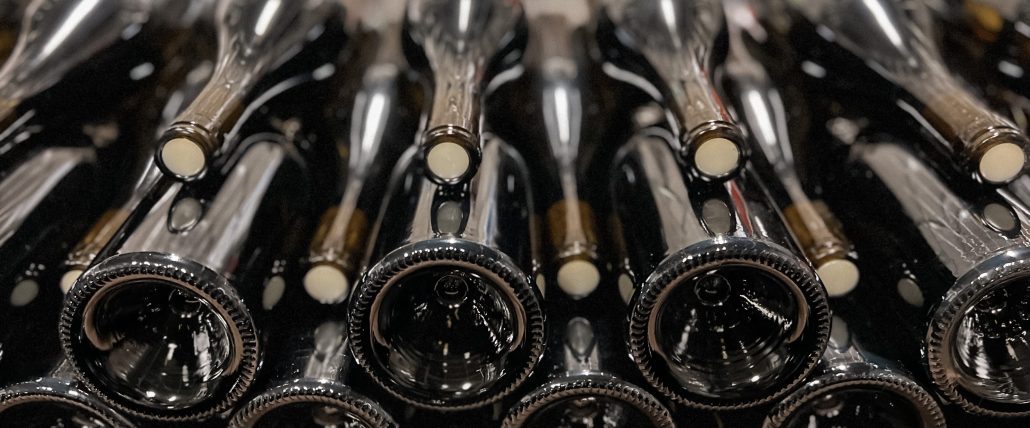The Estate
The oxidative stability of our wines
Why improve the oxidative stability of our wines?
Wishing to offer wines that are as faithful as possible to our ambitions and values, and respectful of the work done over many months by our teams, the Domaine d’Ardhuy constantly questions its practices and equipment. In this way, we try to improve the organoleptic qualities of our wines, in order to provide additional guarantees as to their slow and controlled evolution once they have been delivered to our professional partners and private customers.
In this context, we are thinking about the oxidative stability of our wines, which could be summarised by the following questions: “Is this wine, due to the conditions of the vintage and its technical itinerary, from the vine to the bottle, implicitly stable with regard to ageing in the bottle, and which packaging will be the most suitable for it, particularly in terms of stopper?
In order to provide additional protection to our wines, the Domaine d’Ardhuy has recently acquired an innovative Burgundy waxing machine: the “Wax 4.1” from our technical partner OKJ Concept.
How does it work?

The idea here is to place a small wax disc on the head of the shutter, typically a good quality natural cork. Natural cork is certainly a natural and noble material, but it is still difficult to evaluate the quantities of gas, in this case oxygen, that will pass through such and such a cork in such and such a bottle during its aging in a cellar. The interface between the walls of the stopper and the inner glass neck is also sometimes a significant entry point for gas exchange, despite the quality of the surface treatment of the cork.
The thickness of this wax disc will be modified according to the level of additional protection desired for each vintage.
The technical innovation of this revolutionary, patented waxing machine is twofold:
- The wax is applied to the head of the cork after the top of the glass neck ring of the bottle has been progressively heated – by four (4) successive heating stations – to an optimum temperature so that the wax, which has also been heated, adheres as effectively as possible to the cork, of course, but also, and above all, to the glass. It is at this interface that gas exchanges would otherwise take place, sometimes to the detriment of the wine, if they are too important, due to a “bad” cork and/or poor corking quality.
- The composition of the wax, which is FDA certified, is such that it provides good adhesion to the glass and a good gas seal. However, it is not completely hermetic. Slow and controlled oxygenation remains interesting for the harmonious evolution of the wine in bottle.
It will then be our task, as wine creators, to estimate, for each vintage, what is the optimal thickness of wax to put on the head of the cork to guarantee a slow and qualitative ageing of the bottle: 2 mm, 3 mm, or 5 mm? This thickness will also require the cork to have been pushed a little deeper into the neck of the bottle during bottling. This is also an important technical issue, this time concerning the bottle, to which we will return in a future article.
The application of this wax can only be carried out several weeks, at least three (3), after bottling, in order to allow time for the gases (oxygen and carbon dioxide) to equilibrate between the contents of the bottle and the ambient air, and also and above all in order to allow the cork to find its “final” place. After being compressed at the corking stage, its elastic properties gradually allow it to reposition itself properly in the inner glass neck.
The waxed bottles will benefit from additional protection during their maturation in our cellars, which are thermo-regulated all year round between 14 and 16oC. This is also a significant difference from the so-called “covering waxes” which are often applied to the neck of the bottle at the last moment, i.e. at the time of packaging, just before shipping. The potential benefit of these waxes then only starts at this stage, potentially several weeks, months, years, after bottling.
Our approach, motivated essentially by oenological considerations, will remain discreet: you will only see it once the capsule has been cut and you have pierced the wax disc with your favourite corkscrew.
We look forward to your initial feedback and hope that future Domaine d’Ardhuy wines that benefit from this innovation will have even better oxidative stability over time.
The oxidative stability of our Corton-Charlemagne 2020
Our 2020 Corton-Charlemagne, the first Domaine d’Ardhuy wine to be protected in this way, will soon be available on the site’s shop at the following address : [ardhuy.com].






